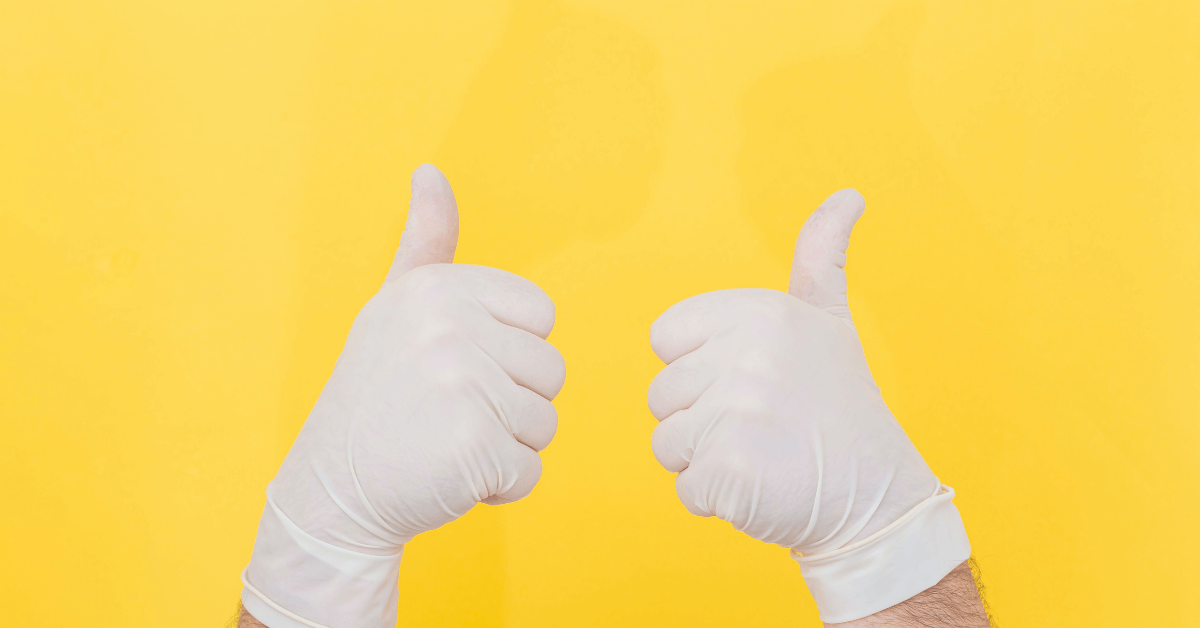
06 Jan Surgery and POTS – Tips + My Experience
With postural orthostatic tachycardia syndrome (or POTS), life is already a bit of a balancing act to keep all systems running smoothly, so as I prepared for surgery this fall, I was a bit nervous about how my body might handle it. The combination of drugs, the general physical trauma to the body, the emotional burden of being a bit nervous, and the recovery process were all things on my mind. Overall, the experience had its challenges, and there are some things I’d like to share with other potsies prepping to have surgery.
My Specific Surgery
During my autonomic evaluation at Mayo Clinic in Rochester, MN, I was referred to a neurologist to explore the migraine headaches I had been having. Because of the unconventional onset of my symptoms, he ordered an MRI to rule out any serious causes and we discovered that I had a tumor in my parotid gland. It was wrapped around my facial nerve, and despite ultimately being benign, needed to be taken out.
As part of my POTS diagnoses, I was told that the origin of my POTS is “central sensitization,” which is characterized by misfiring/overfiring nerve signals in response to normal stimulus. Instead of interpreting gentle pressure as nonthreatening, the body sends out pain signals. Or light is interpreted as blinding, sound as startling, smell as gag-worthy, and even gravity as a threat to the body’s quest for homeostasis. So knowing that I may struggle to put out appropriate nerve responses, I was curious to see how I handled surgery that specifically tampered with the facial nerve, and wondered if this would exacerbate the POTS symptoms.
My tips for success
As you navigate pre-op appointments and post-op recovery, here are some things to keep in mind.
*Quick Disclaimer* I am not a medical professional, so take the following tips with a handful of salt. This is a collection of things I have gathered after a single experience with surgery, and I am sure there is much more to be learned. I imagine this article as if we were two friends, sitting over coffee, and you asked “Kaley, I’m having surgery next week and I have POTS. Do you have any suggestions for me?” and I would nod my head, and say, “Indeed, there are a couple of tips I would pass along.”
Ask your surgeon about medications
Whether you are taking a beta-blocker, a blood vessel-constrictor, or a blood volume expander, double-check with your surgeon that you should continue to take medications the morning of your surgery. Both before and after surgery I took my regular doses of midodrine, which was helpful in keeping my vitals balanced.
Let your anesthesiologist know of any concerns
Whether or not you have POTS, their job is still the same: keeping you stable and asleep during the procedure. But that said, it can be comforting to know that they are keeping an extra close eye on vitals, and are aware that you may have trouble with posture changes after surgery. If you deal with hypermobility (or other relevant conditions), this is also a chance to let them know. Personally, I brought a letter from my physical therapist that noted I currently have dual TMJ disorder as well as hypermobility of the jaw, and requested extra care be taken during intubation. I was reassured that they would pay careful attention to my jaw to not cause further issues post-surgery.
Drink electrolytes for as long as you can
Several hours before surgery, they had me stop eating and drinking ALL things, including plain water. Knowing how critical it is to be well-hydrated with POTS (especially given that I lean towards being hypotensive) I was a bit nervous. To make the most of the time, I set an alarm so that before I had to stop drinking, I was able to consume as much Pedialyte as I could comfortably manage. This set me up for the most success, despite eventually being dehydrated and symptomatic.
Sit up slowly after you wake up
This is a no-brainer, but I mean it. Take your time. Pay attention to your body. Lay back down if you need to.
Pack a bag and be prepared
Here are some things that were important:
Electrolytes: Pedialyte, Liquid IV, and chicken broth were all incredibly helpful to have on hand.
Change of clothes: under less-than-ideal circumstances, I needed a new shirt and ended up wearing a scrub top given to me by the nurses. If I could do things over, I’d be sure to bring an extra change of clothes and choose things that are EASY to put on, like loose-fitting sweatpants and a button-up shirt.
Slip-on shoes: Easy to put on, no bending down required.
Use mobility aids as needed
Mobility aids are a gift. If you have POTS and don’t currently use a cane or wheelchair, I would humbly submit that this is THE time to try it. For me, using a wheelchair to navigate the building before and after surgery was critical, and having my cane along to help me during pre-op appointments was also needed.
Navigating recovery
Everyone needs extra grace while recovering from surgery, but especially with POTS its important to take it slow and be intentional. Now is the time to be honest about where you are at and what you are feeling, and to be respectful of any limits that pop up.
For me, this looked like:
Being careful when moving about the house
It’s hard losing bits of ability, but I quickly realized that post-surgery was not the time to resist assistance or insist “I’m fine.” As my body continued processing the cocktail of medications used during surgery and the general disorientation of reacclimating to gravity, I was rather unsteady on my feet (for many days). Using a cane in the house, accepting the arm of family members, strategically planning routes to the next room, sitting on the floor at any given moment, and using nearby furniture to stabilize myself was critical to safely navigating the house.
Taking it slow
Those with chronic illness are typically familiar with the idea of having to budget energy expenditure, and so it likely comes as no surprise that after surgery, the budget was low. Having an extra measure of grace for myself and having low expectations for myself was necessary in the days and weeks of recovery. Fuzzy thinking from the meds, naps and fatigue, and pain frequently foiled my plans, and so holding things loosely was a must.
Making things easy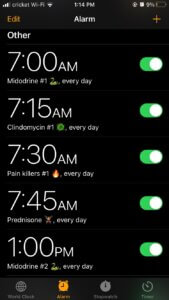
Some basic changes for ease included soft and stretchy clothing (so that you don’t have to stand and wrangle yourself into pants while your heartrate skyrockets), a BIG water bottle (so you have enough water to stay hydrated without the constant up-and-down), and little craft kits with ALL parts included (so you don’t have to hunt down scissors or thread or yarn or whatever). I also made the most of prepackaged snacks like fruit and veggie pouches for kids, soft/tender granola bars, and chocolate protein drinks to make sure I was getting enough calories.
Another INCREDIBLY helpful thing was having all my medications in one spot, as well as setting alarms for EACH dose. This may not be POTS specific, but it’s still true – I would not have been able to keep track of everything (antibiotics, probiotics, pain meds, steroids, midodrine for POTS, etc) if it wasn’t for alarms.
Most important takeaway
The previously shared tips made recovery easier, but here is the tip that made recovery POSSIBLE: If something doesn’t feel quite right in the days after surgery, don’t be afraid to get medical attention. Do not assume that symptoms are POTS-related, especially if they are new, worse, or different than usual.
This advice comes from two experiences:

The first: Three days after surgery I woke up at 2am with a heart rate of 120 bpm, and was feeling nauseous and chilled. Tachycardia is a hallmark of POTS, and so is nausea and trouble with thermoregulation (body temp control). But despite being “normal” symptoms for me, we went ahead and called 911 because something didn’t feel quite right. It’s a good thing we did – I had a deep tissue infection that needed prompt attention.
The second: Blood pressure dips are a pretty normal occurrence for me, so when I saw that I was having a few drops I wasn’t too concerned. But one day I noticed that my heart rate was at 57 bpm, and when I stood up, it only went up to 60 (I would normally expect sitting to be 70 and standing to be 100+). It was tempting to celebrate this more “normal” heart rate, but I knew something didn’t feel quite right. The tipping point was when I took a nap, and despite being shaken and talked to, I had a hard time waking up. We reached out to my surgeon. I was promptly taken off a drug that had potential heart-related side effects, and the issue went away.
My Recovery
The great news is, surgery was a success. The tumor was removed completely, was confirmed to be benign, and I maintained full control of facial movement (despite my surgeon predicting some level of facial drooping based on the tumor’s placement). Yay!
That said, there was a bit of a plot twist during the first couple of hours after waking up from general anesthesia as I became oriented and attempted to sit up. I began experiencing what the neurologist deemed as “functional neurological episodes,” also called pseudoseizures or non-epileptic seizures (for me this looked like uncontrolled fluttering of the eyes, severe stuttering, and rigid limbs). Despite never having experienced anything like it before, I had somewhere between 50-100 of these episodes the same day, and have continued struggling with them (to a lesser degree) in the weeks since then. These episodes can be associated with stressful events, and those with PTSD are known to be at higher risk for developing them. It seemed as though the emotional stress of surgery paired with the physical stress on my body when I tried sitting up against gravity was the initial precipitating factor. I believe they are a rare complication of surgery, and would not expect them to be strongly associated with POTS alone. For the curious or the fellow strugglers, I do plan to write an article about these episodes exploring what they are, how they feel, and how others can support me through them.
In the weeks following surgery, I (understandably) had good and bad POTS days. The toll of surgery was significant, but I do genuinely believe that removing the tumor from my neck/face has been a very good thing for my health and body’s balance as a whole. It took about 2 weeks for my symptoms to stabilize and for me to feel confident that I wasn’t chronically on the brink of medical crisis. After about 4 weeks, I was finally feeling back to my typical baseline, utilizing medication, electrolytes, and my normal POTS lifestyle changes to mitigate my symptoms each day.
Summary
Somehow, my body handled surgery better and worse than I expected. On one hand, I experienced phenomenal outcomes (complete removal of the tumor, no facial drooping), and on the other, I experienced some pretty rough hiccups in recovery (like dealing with pseudo-seizures, and having a post-surgical deep tissue infection). Overall, my POTS symptoms were reasonable during the weeks following surgery, and I look forward to continuing to rebuild strength and conditioning, and getting back to what’s next in the coming life season now that I’m tumor-free.
-
Making a Full Physical Recovery – A Day-by-Day Miracle
“You should exercise more.” A brutal statement. One I had tried to fulfill on my own, and time and time again, had failed. It was a frustrating piece of advice from my doctor, and felt so out of reach as I navigated my bouquet of chronic illnesses....
27 June, 2024 No comment -
Awesome Recovery News!! And Why I No Longer Plan To Write About My Symptoms
I am so excited to report that after graduating from the 3-week Pain/Symptom Rehabilitation Center at Mayo Clinic in Rochester and continuing the program at home, I am nearly 100% recovered!...
05 March, 2024 2 Comments -
What is the Valsalva Maneuver like?
The Valsalva maneuver is EASILY the most fascinating thing I’ve gotten to do in this entire medical adventure. On the surface, it’s a fairly quick and easy part of autonomic testing, but underneath, it’s one of the coolest and most complicated mechanisms of the human body that I’ve encountered. ...
17 January, 2024 3 Comments
I am test text for Image with text shortcode.
I am test text for Image with text shortcode.



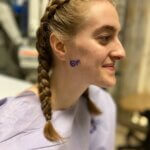
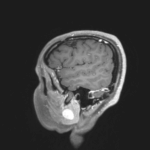


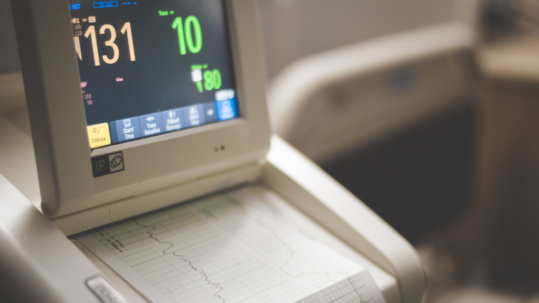
Pingback:Mayo Clinic for POTS - An Overview of My Experience - Kaley Faith
Posted at 16:37h, 13 January[…] findings are requiring more investigation {Read about the tumor we found and how surgery went here}, and I have another appointment with my main doctor to follow-up on the new medication and to […]
Pingback:POTS Treatment Summary - Metoprolol and Propranalol (Part 3 of 3) - Kaley Faith
Posted at 16:45h, 21 January[…] blood pressure was causing the attacks. Additionally, I have now had ZERO migraines since having surgery to remove a tumor from around my facial nerve. I believe both variables played a […]
Lisa Ann Ruben
Posted at 08:41h, 09 FebruaryHere reading more of your trials and found your healing vid too. Today is Feb 8th, 2024 Looking forward to and praying for your full healing ! God Bless You!